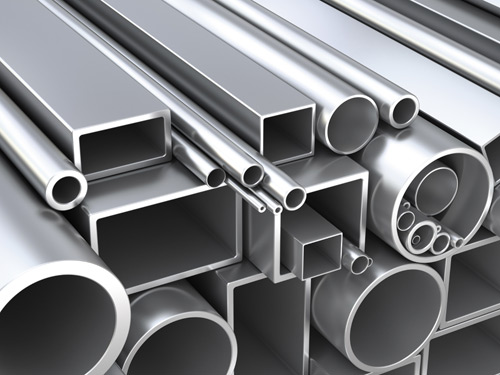
Go with the flow. (Courtesy: iStockphoto/Inok)
By Matin Durrani
Consider a spherical cow.
No, wait, actually, let’s try something different. Consider a rectangular pipe.
In fact, consider what happens when liquid flows along a rectangular pipe, by which I mean one with a rectangular cross section. The flow’s bound to be asymmetrical, right?
Yes, that’s true, but not always. New research published in Physical Review Letters suggests that for liquid flowing along a rectangular pipe that’s exactly 1.87 times wider than it is high, the flow is entirely symmetrical.
Now, I’ll admit that water flowing along a pipe is probably not something that keeps you awake at night, but the new discovery is weird. In fact, Roberto Camassa from the University of North Carolina, Chapel Hill, who was involved in the study, calls it “bizarre”.
We’ve long known that if you inject a blob of dye into a flow and watch how it spreads over time, the dye particles will move with a range of speeds – with some moving faster and others slower than the average flow of the liquid. But researchers had previously only studied the distribution of dye in two cases: a pipe with a circular cross section and one that’s like a long, flat channel.
Camassa and his colleagues have now extended our knowledge to dye flow in pipes of different shapes. They considered what happens when the dye is injected as a thin, cross-sectional sheet at a single location in a pipe. Dye particles in the middle get dragged along faster than those near the walls, stretching the sheet out so that it bows in the middle.
With a ciruclar or elliptic pipe, the sheet gets stretched out symmetrically (like a Bell curve), meaning it has zero “skewness”. Skinny pipes, however, have negative skewness, meaning that the dye particles generally flow more slowly than expected. Square-shaped pipes have positive skewness, meaning the dye particles generally flow faster than expected. But the bizarre thing is that a recatangular duct with a width-to-height ratio of 1.87 has zero skewness, too.
The team’s now going to do experiments to check the finding, which does seem odd. But it’s more than just of academic interest – imagine if you could tweak the flow of a drug along a tube so that it arrives like a sharp hammer (negative skewness) or gradually build up (positive skewness) depending on what a patient needs.
You need to explain what you mean by “symmetrical” otherwise this is completely unintelligible.
Robert…yes you’re right I should have explained that when the researchers talk about “symmetric” flow, they mean there’s no skewness. If the flow is asymmetric then it’s got a skewness. You might want to read this article for more info:
http://physics.aps.org/articles/v8/94
Matin, your clarification essential exchanges one undefined term, asymmetric, with another one, skewness, so it doesn’t help much. Do you mean that the flow gradient is symmetrical across the pipe cross-section when there is zero skewness?
The symmetric flow means the the velocity distribution in the pipe is gaussian in shape with its maximum at its center. The skewness implies that it is no longer gaussin in shape and the third moment of the distribution is non-zero.
Jason – M Asghar has given a good explanation below. It’s the nub of the whole argument really.
Fascinating revelation about the paradoxical properties of physical space! There must also be applications on a cosmic scale?
I think this article actually raises more questions than it answers…why would one expect liquid flow in a rectangular pipe to be asymmetrical in the first place?
Trackback: Why are rectangular pipes like circular pipes? – MyPhysNet